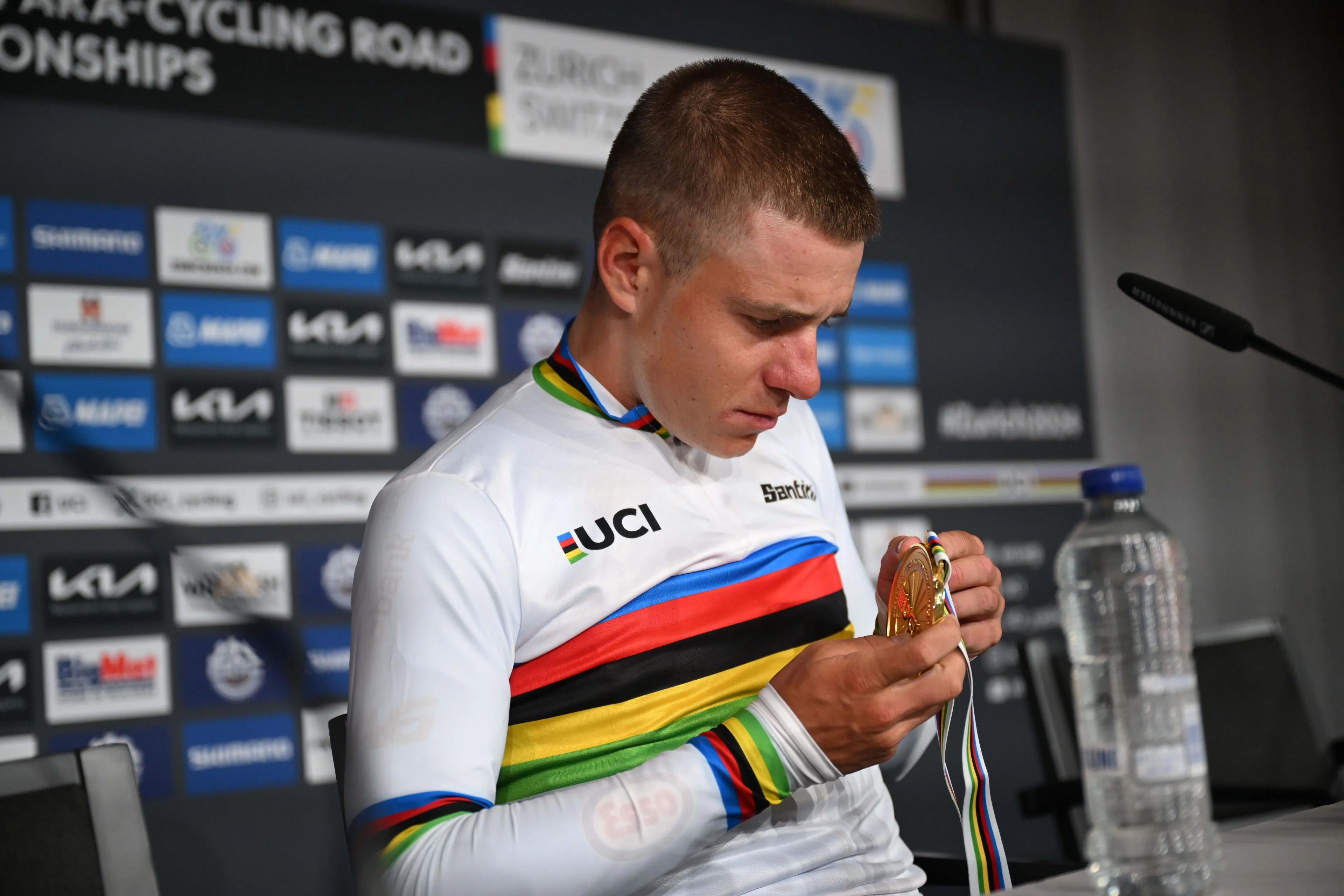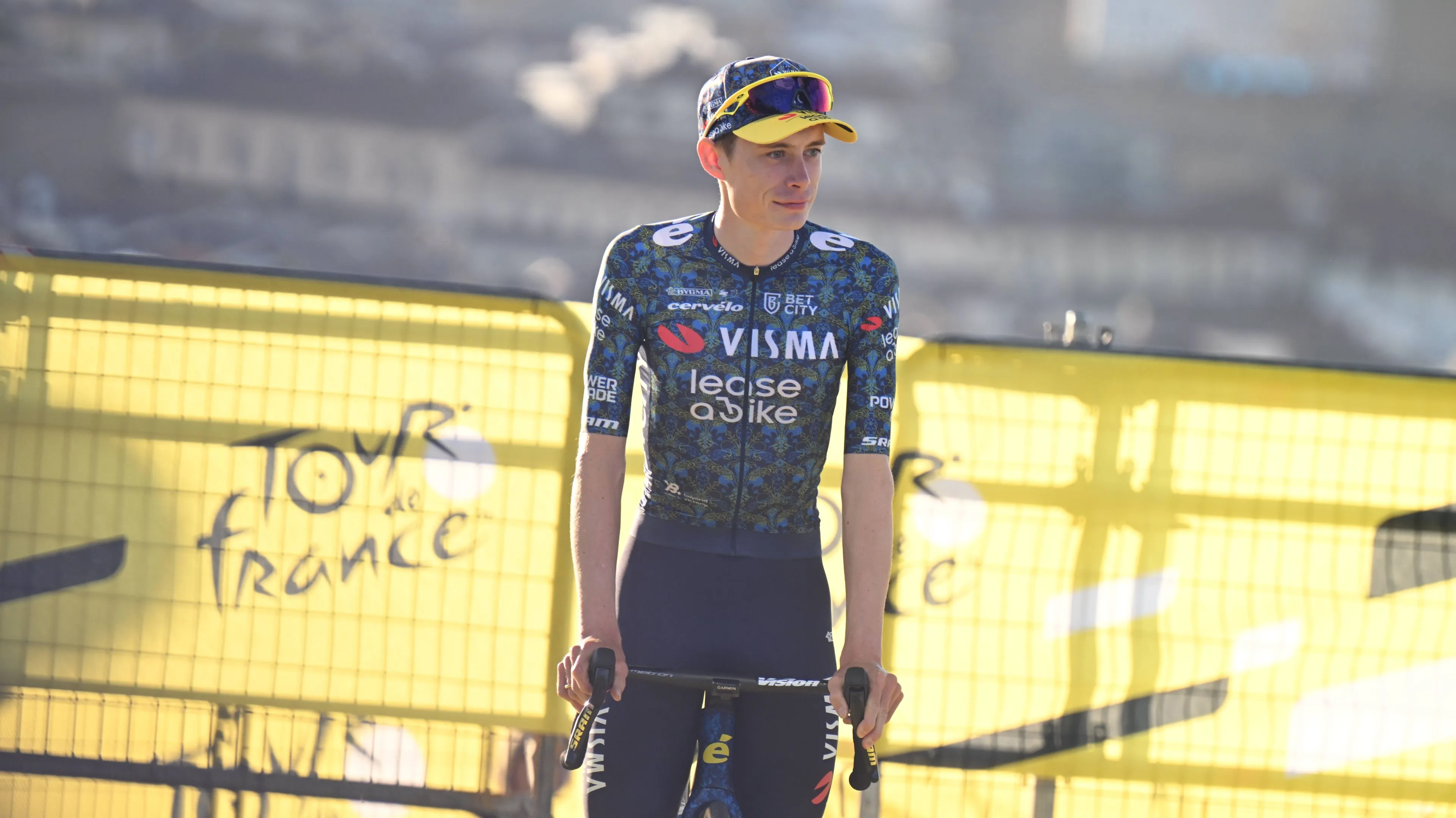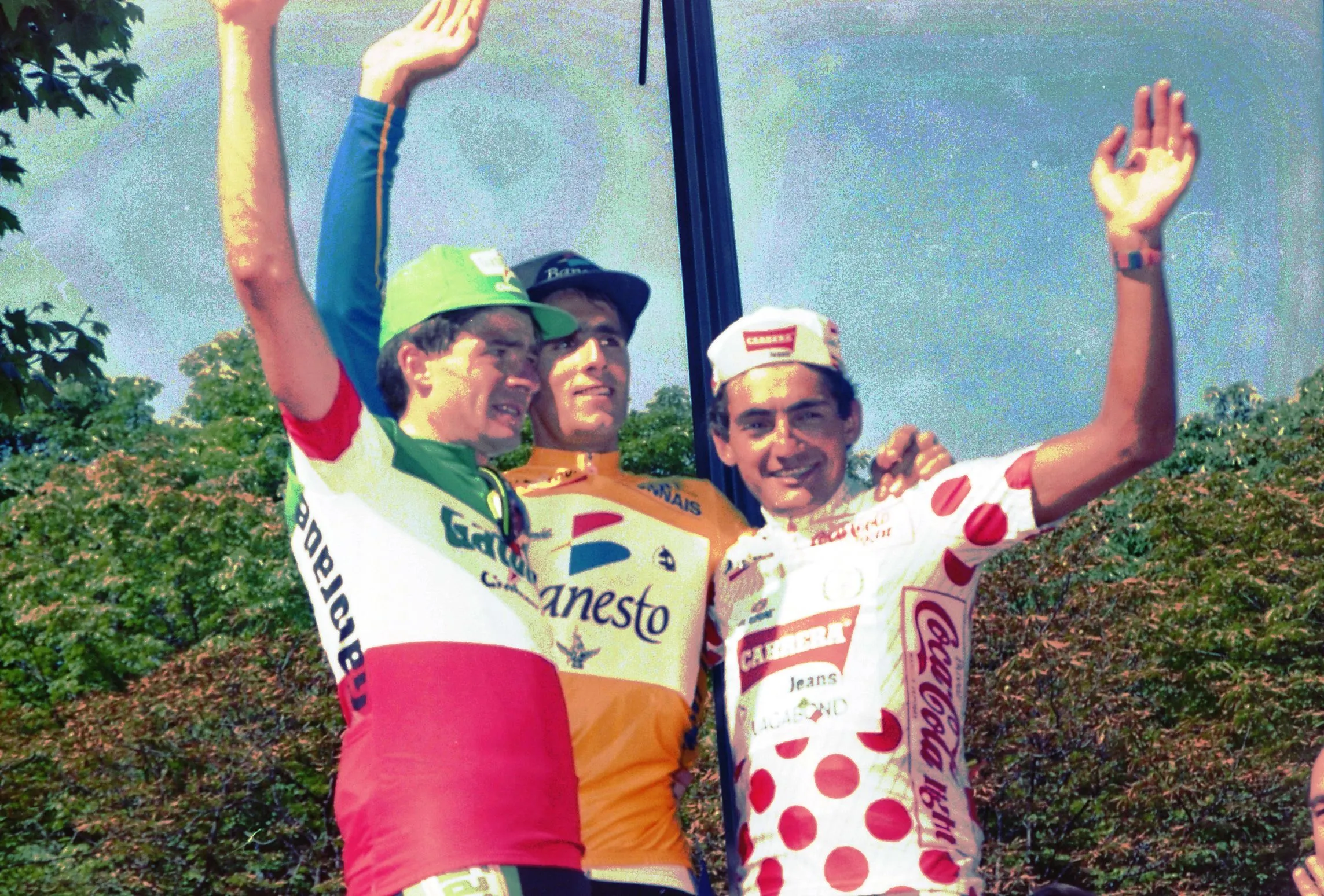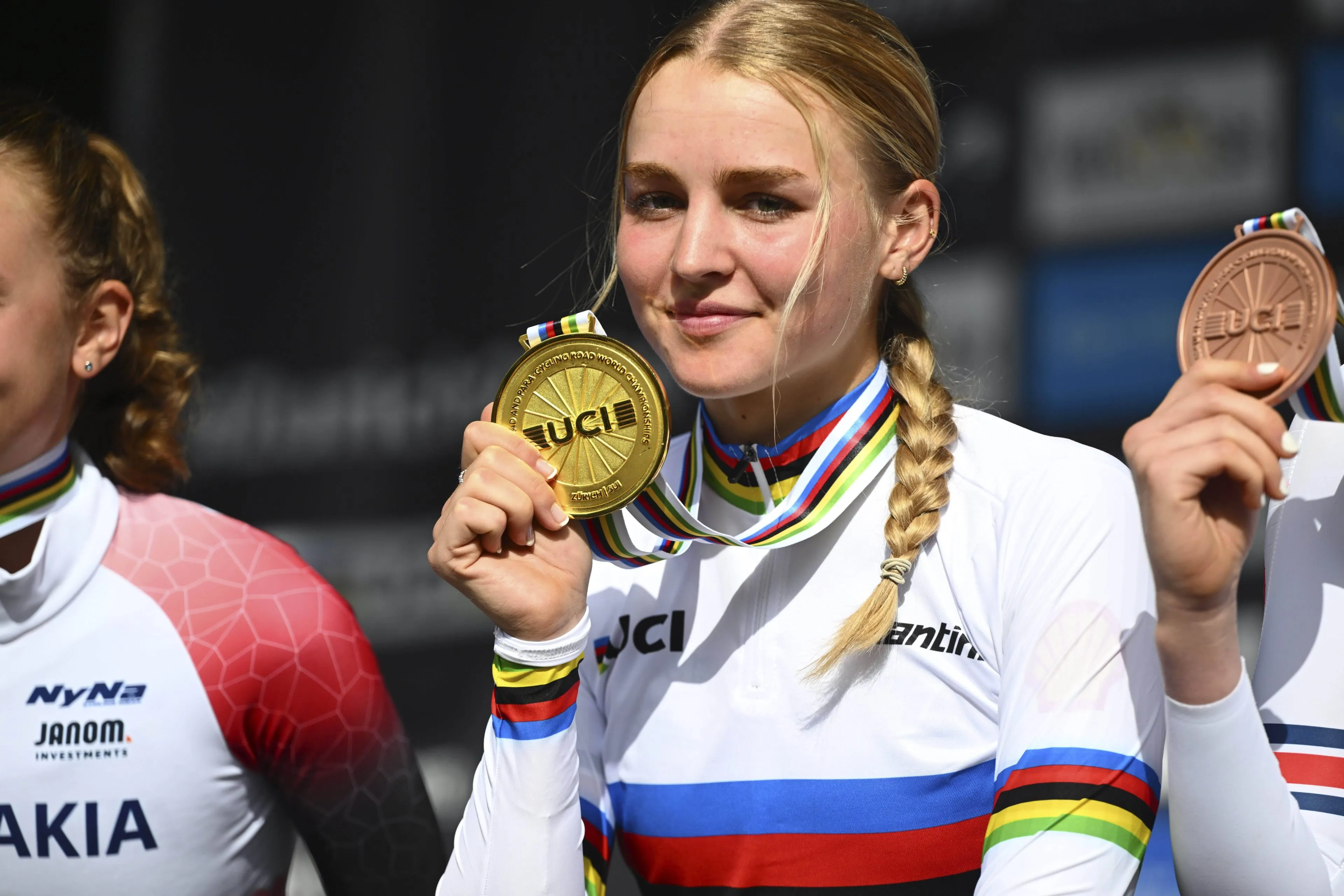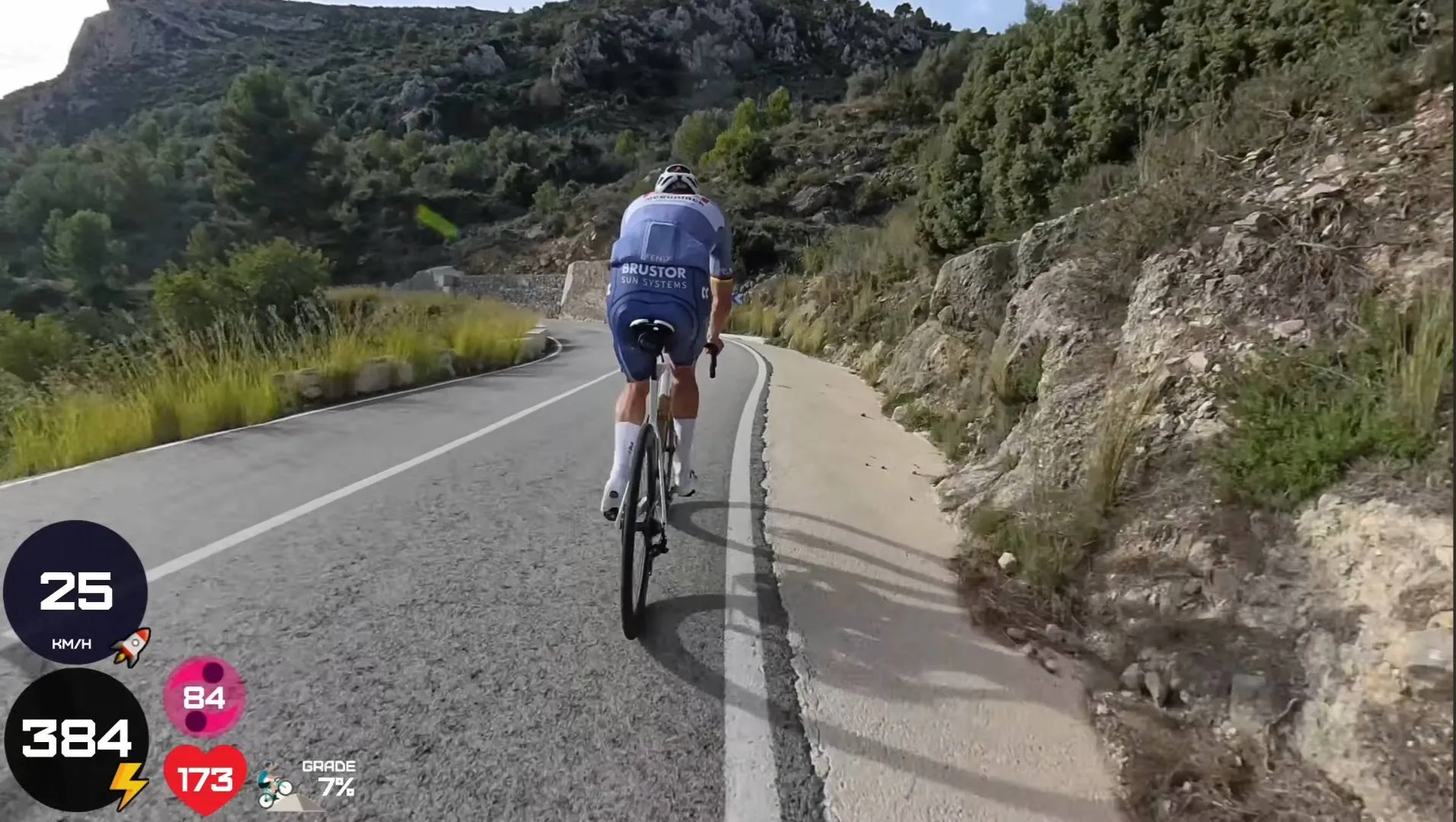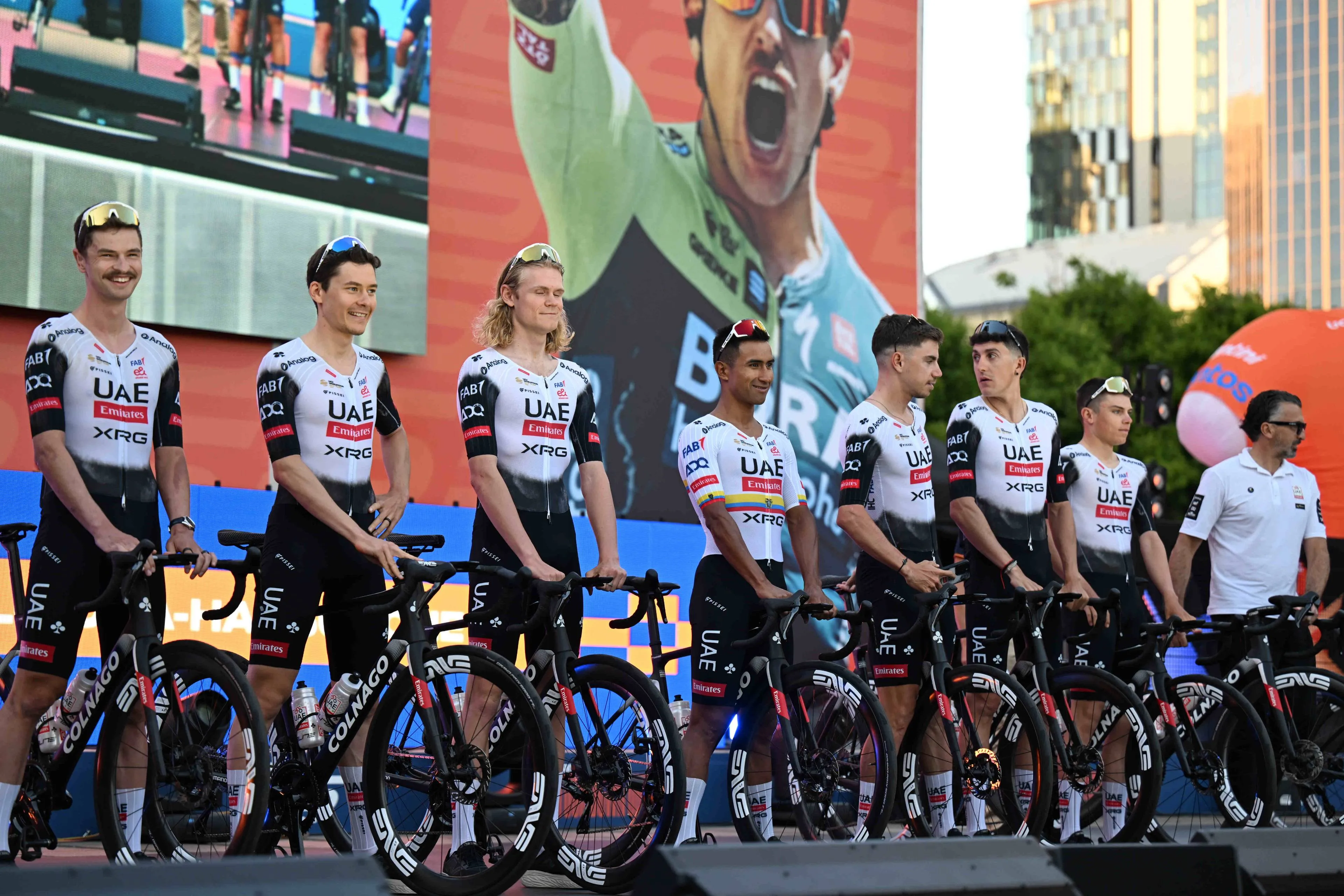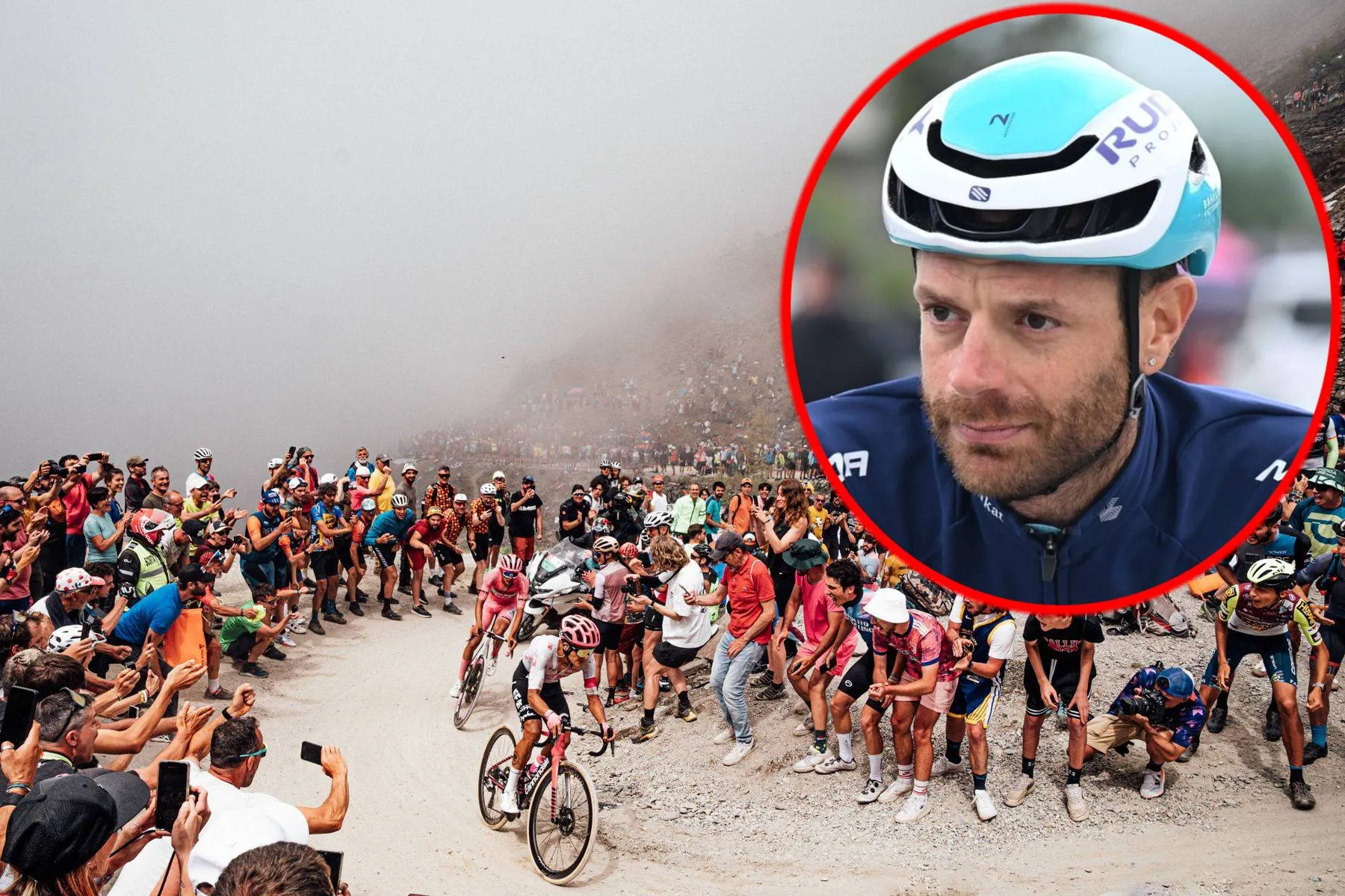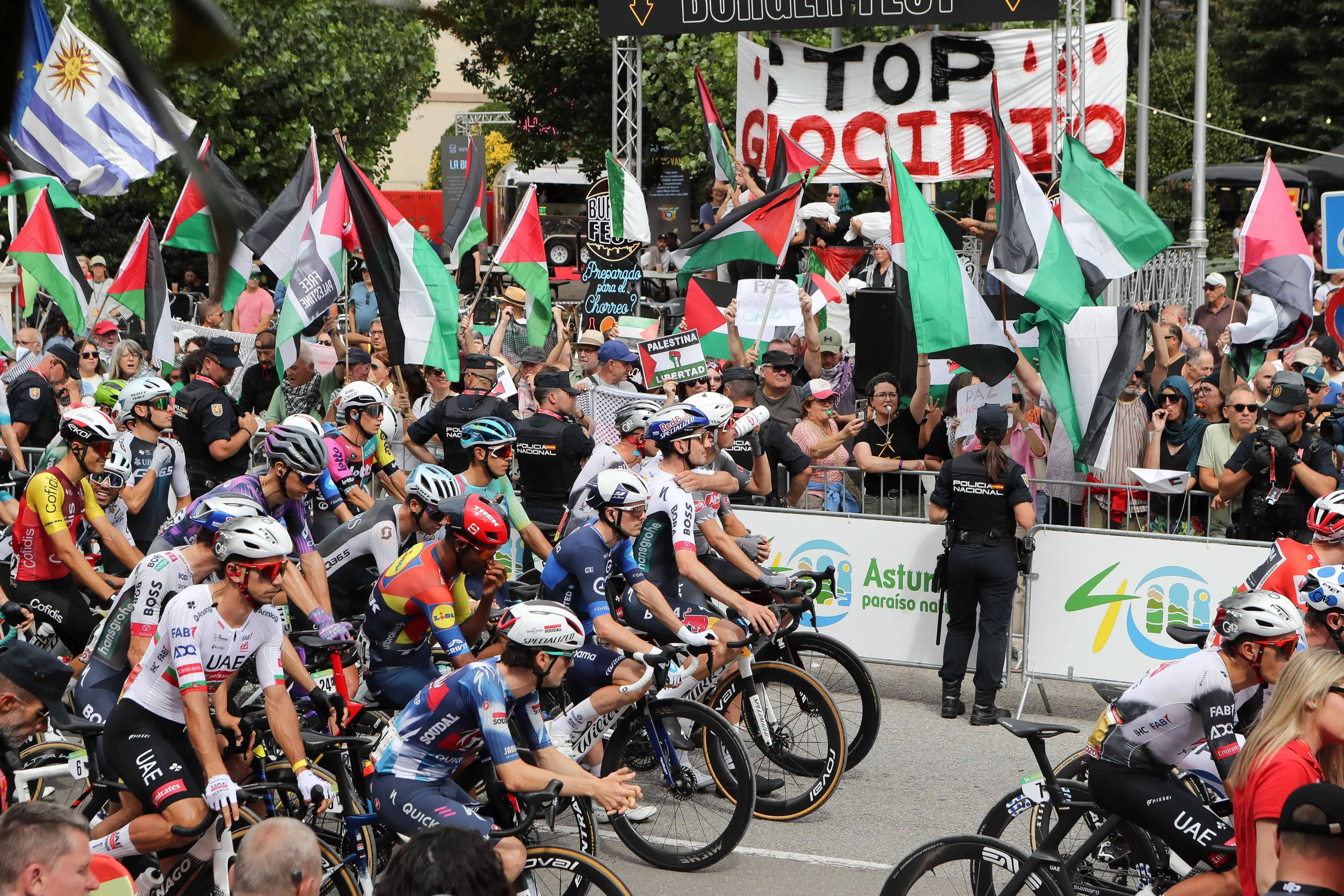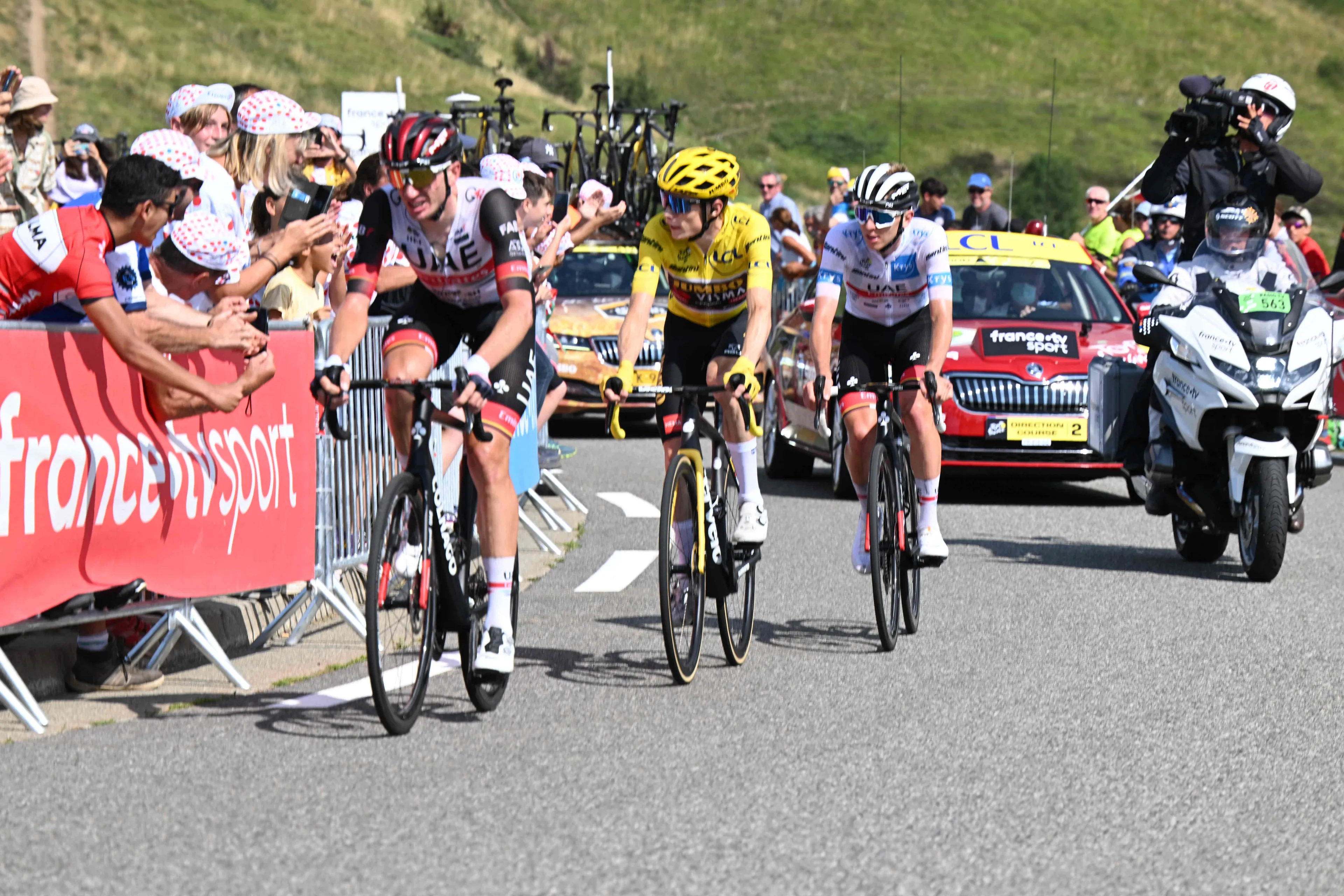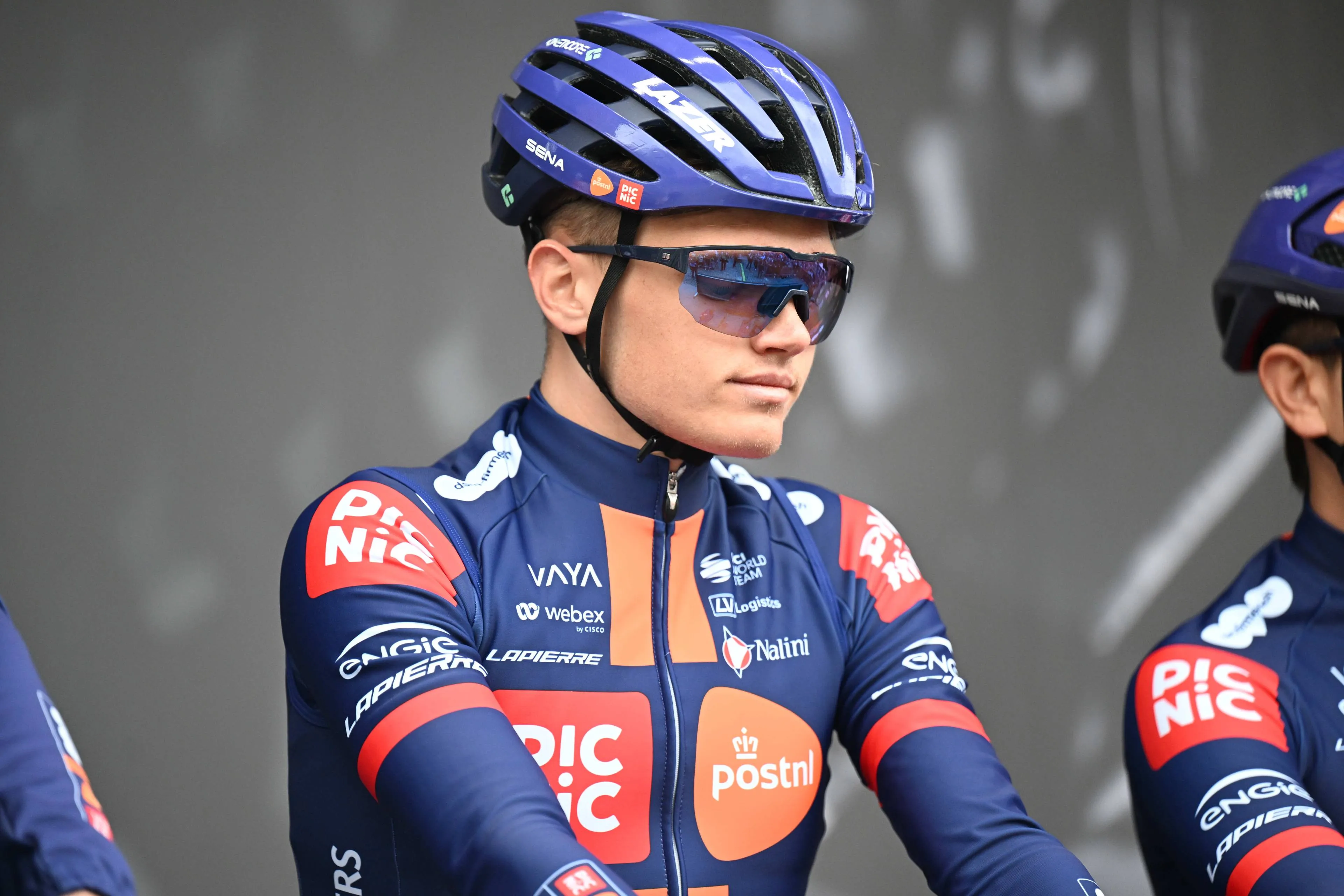ANALYSIS: Look away Tadej Pogacar! Merckx and Roche’s seasons following their triple crown wins suggests the Slovenian’s dominance is under threat
CyclingFriday, 24 January 2025 at 22:21

In 2024, Tadej Pogacar assembled perhaps the most
extraordinary cycling season ever witnessed. Winning 25 races out of just 58
racing days, Pogacar became the first man in 25 years to achieve the Giro-Tour
double after Pantani in 1998. Along the way, he claimed 12 Grand Tour stages,
two monuments, Liège-Bastogne-Liège and Il Lombardia, Strade Bianche with a
sensational 80km solo attack, and, most impressively, the triple crown by
winning his first World Championship road race with a jaw-dropping 100km solo
attack in Zurich. His performances left even the likes of Jonas Vingegaard and Remco
Evenepoel, two incredible riders in their own right, powerless to respond.
However, Pogacar now faces the challenge of following up
this historic season in 2025. Cycling legend Miguel Induráin recently warned,
“When a season starts, what you won the previous year is worthless,”
highlighting the immense pressure Pogacar will face to maintain his crown.
Matteo Jorgenson also remarked that “there is no guarantee” Pogacar will
maintain the same dominance, especially with riders like Jonas Vingegaard
aiming to capitalise on any vulnerabilities.
Read also
Of course, with Pogacar’s immense ability, he will be the
favourite at just about every race he starts next year. But how have previous
winners of the triple crown fared in the season after achieving cycling’s most
elusive feat? Let’s take a look.
Eddy Merckx: the first Triple Crown winner (1974)
Eddy Merckx became the first man to win the triple crown in
1974, and the feat remains one of the most celebrated achievements in cycling.
That year, Merckx claimed the Giro d’Italia, the Tour de France, and the World
Championship road race, showcasing his dominance across all terrains throughout
a record breaking year. However, the 1974 season didn’t begin so impressively
Merckx struggled with illnesses early in the year and failed to win a spring
classic for the first time in his career. Despite entering the Giro in poor
form, he still managed to win, followed by a Tour de France victory, even after
undergoing surgery for a sebaceous cyst just five days before the race started.
It was a year defined by grit and an unbreakable winning mentality, adding to
the legend of Merckx.
Read also
But how did Merckx fare in 1975? Initially, things looked
promising. He won Milano-Sanremo and the Amstel Gold Race, two prestigious
one-day races. Milano-Sanremo, in particular, holds significance for Pogacar,
who has made it clear he is desperate to add this race to his palmarès. As
Pogacar’s fans will know, this race remains one of his major objectives, and a
victory there in 2025 could see him start the year on a strong note.
However, Merckx’s form began to wane after the spring in a
reversal of his fortunes the previous year. Riders grew resentful of Merckx’s
dominance and expected him to chase down every attack, which frustrated the
Belgian star. He suffered from a cold and tonsillitis during the spring,
forcing him to skip the Giro d’Italia. By the Tour de France, Merckx was beaten
by Bernard Thévenet, marking a turning point in his career. Remarkably, after
his 1974 triple crown season, Merckx never won another Grand Tour, and his 1974
World Championship was his third and final rainbow jersey. The warning signs
for Pogacar are clear: maintaining such dominance year after year is no small
task.
Read also
Stephen Roche: the second Triple Crown winner (1987)
Stephen Roche’s 1987 season stands as one of the most
remarkable years in cycling history. The Irishman became the first rider from
outside mainland Europe to win the Giro d’Italia, claiming three stages along
the way. At the Tour de France, he triumphed over Pedro Delgado and
Jean-François Bernard to win his first and only yellow jersey. Roche completed
the triple crown by winning the World Championship road race in Austria, a
season so exceptional that he was awarded the freedom of Dublin in September
1987.
However, 1988 marked the beginning of a sharp decline for
Roche. A recurrence of a knee injury derailed his early season, and his results
reflected this downturn. His best performances were a sixth-place finish at the
Tour of Britain and an eighth-place finish at the Tour of Ireland. He did not
participate in any Grand Tours that year, a stunning fall from grace given his
triple crown heroics just a year earlier.
Read also
Roche’s fortunes did not improve much in subsequent years.
He finished ninth in the 1989 Giro d’Italia and withdrew from the Tour de
France that same year due to his persistent knee issues. His best Grand Tour
result post-1987 was ninth place, a feat he achieved at the 1989 and 1993 Giros
and the 1992 Tour de France, but a top 10 finish was not what most fans thought
Roche would consider a good result following 1987. Roche’s 1987 World
Championship win was also his first and only rainbow jersey, and the contrast
between his triple crown year and the rest of his career serves as another
cautionary tale for Pogacar.
So, with the misfortunes of Roche and Merckx in the seasons
following their triple crown now clear, it appears that once again there is
history on the line for Tadej Pogacar: can he become the first man to win a
grand tour or a world title after having won the triple crown? Whether he can
achieve this remains to be seen, and whether Roche’s and Merckx’s misfortunes
were down to bad luck or declining motivation after reaching the pinnacle of
the sport are also unclear.
Read also
In 2025, Pogacar will attempt to build on his historic 2024
season, and his ambitions are clear. He will aim for his fourth yellow jersey
at the Tour de France and may also target his first red jersey at the Vuelta a
Espana. Defending his World Championship time trial title will also be on his
radar. Pogacar’s confirmed spring schedule includes the UAE Tour, Strade
Bianche, Milano-Sanremo, and a full cobbled classics campaign, with the Tour of
Flanders as another key target. It is a packed and ambitious calendar,
reflective of Pogacar’s insatiable appetite for success and silverware.
However, the competition will be fierce. Jonas Vingegaard,
who has developed into Pogacar’s greatest rival, will be determined to reclaim
the yellow jersey, and the prospect of a Tour-Vuelta double showdown between
Pogacar and Vingegaard is tantalising. Meanwhile, Remco Evenepoel will also be
eager to deny Pogacar at the Tour and reassert his own Grand Tour ambitions. In
the spring classics, Pogacar will face stiff challenges from Mathieu van der
Poel and Wout van Aert, two riders who excel in the one-day format. But if
Pogacar is in the sort of form we became accustomed to in 2024, can anyone stop
him?
Read also
Can Pogacar defy history?
As we’ve seen throughout 2024, the answer to this question
is yes, regardless of the fact that the precedents set by Merckx and Roche
paint a challenging picture for Pogacar. Merckx never won another Grand Tour
after his triple crown year, and Roche’s career nosedived almost immediately
after 1987. Pogacar, however, has already proven himself to be a unique talent,
capable of rewriting cycling’s history books. His versatility, drive, and
hunger for victory set him apart from many of his contemporaries.
Read also
Still, the sheer demands of maintaining top form across a
packed calendar cannot be underestimated. Pogacar’s rivals will be studying his
every move, and the physical and mental toll of his 2024 season could have
lingering effects. As Miguel Induráin warned, success in one season does not
guarantee success in the next.
What races do you think Pogacar will win in 2025? Will he
add Milano-Sanremo to his palmarès, or secure a fourth Tour de France title, or will
he had another grand tour to his CV by combining yellow and red at the Tour and
Vuelta? One thing is certain: all eyes will be on Pogacar as he attempts to
achieve what Merckx and Roche could not: back-to-back seasons of dominance
after a triple crown year. 2025 is set to be a season no one will want to miss.
claps 1visitors 1
Just in
Popular news
Latest comments
- It isn't just the 5 million euros a year. It's also the never-ending hospital bills. Two weeks to go for Sylvan Adams to get out from under this mess.paule18-12-2025
- LOL, Del Toro, while very strong, is not currently racing at a level higher than Remco or Lipowitz. He can be by 2027 though and probably will be. You are discounting Remco's season this year, which his underperformance was caused by a crash that would have retired most people. He will be very strong this coming year as long as he keeps the rubber side down.awp18-12-2025
- It would be nice to see him have a healthy season and do well.JoeyB18-12-2025
- Aka the ‘junk drawers’Onepiece18-12-2025
- Marginal stainsOnepiece18-12-2025
- Business in the front. Farty in the backOnepiece18-12-2025
- Big problem. 2022 Jonas and Primoz were on a similar level to Tadej. 2026 Remco and Florian likely won’t be close to Tadej’s level once the road leans uphill. Good luck trying though!mobk18-12-2025
- gravel maybe? it is the only thing competitive that would make sense.mij18-12-2025
- many had Oier Lazkano as the man for spring, but he was a fraud. this is probably what hurt their spring more than anything.mij18-12-2025
- Naive Remco says that he and Lipowitz will try to isolate Pogi like Jumbo did in 2022. He forgets that DelToro is now better than both him and Lipowitz. I know he needs to fake pump his ego for the sake of sponsors but Remco you have to consider: 1) Pogi is stronger today then in 2022... 2) Pogi is smarter then in 2022... 3) Pogi's UAE team is stronger then in 2022... 4) Pogi now also knows how you intend to "beat" him... 5) Remco, you'll be fighting for third place with Lipowitz. Maybe you will get lucky because Pogi and Jonas will both crash or become ill. Ad acta.NikkoNicco18-12-2025
Loading
Write a comment
